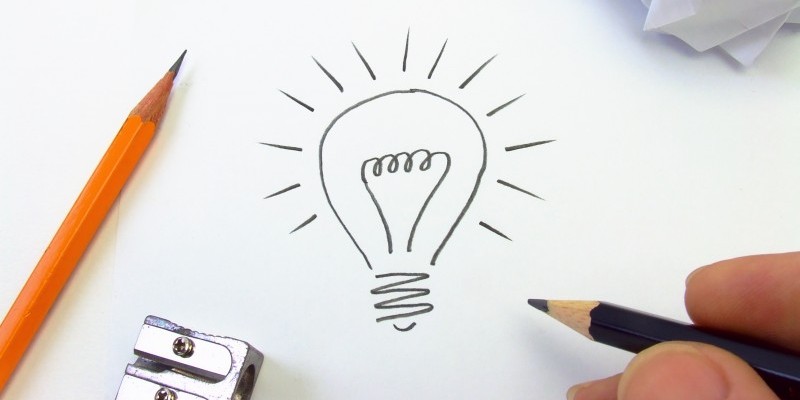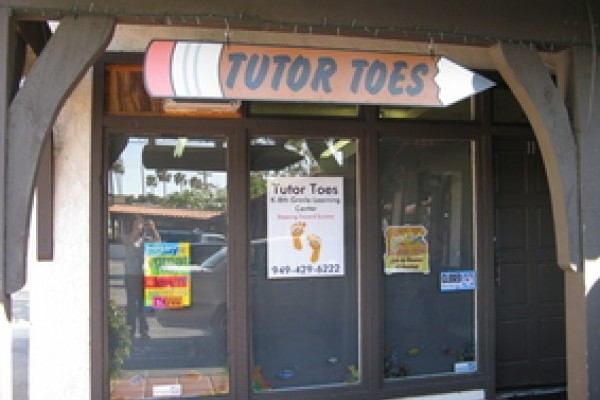
Reading Comprehension Strategies
Comprehension should always be the chief concern when teaching reading. What good is reading if the child has no understanding of what is read? In this article I will outline key reading comprehension strategies and show how they should be used.
Before reading you should allow children to make predictions about what they think the book will be about based on either the title or the picture on the front cover of the book. Children can also make predictions about what they think will happen based on what they read on the back cover of a book. Discuss with them their predictions and ask them to justify why their predictions are reasonable based on what they have read. Create a prediction chart that shows titles such as: WHAT WE PREDICT/WHAT HAPPENED IN THE STORY. List everything students predict will happen under the "WHAT WE PREDICT" column. Once the story has been read you can write what actually happened in the story in the "WHAT HAPPENED IN THE STORY" column. Students should be allowed to adjust predictions so the "WHAT WE PREDICT" column can be changed as the story is read. Older readers must be taught that while they are reading they should be looking out for the setting of the story, that is, the time and place the story takes place. The characters and plot are also essential elements they should be focused on as understanding of these story elements is at the heart of comprehending any story that is read.
Allowing children to do research on a topic before it is presented in a story format is highly effective for improving reading comprehension. This strategy however, works better with older readers. Children will feel more in tune with the content of the text if they are allowed to develop previous knowledge.
Another reading comprehension strategy that I have found to be highly effective is to do vocabulary work before hand. You can introduce children to new words. Have them break them up into syllables. Put the new words on flashcards. You can also have children find out the meaning of these words in the dictionary, with all this groundwork, once you get to the text it will be smooth sailing.
After reading, children can do written and oral retelling of the story. Engage children in answering questions. These may be in the form of traditional written comprehension questions or oral comprehension questioning. I mentioned using research as a pre-reading strategy but this can also be done after reading.
Encourage children to act out stories in groups with each child taking turns playing characters from the book.
Completing a story map is a good activity for students to do after reading as they get a chance to summarize and to zero in on what happened at different points in the story. A good story map is one that asks students to tell what happened at the beginning, middle and the end of the story.
Make an art-literature connection by having students draw and paint or color their favorite scenes. They can also write something about what they have drawn so that a writing connection is also made.
ARTICLE SOURCE: http://www.articlesbase.com/education-articles/reading-comprehension-strategies-297931.html















